SUMMARY
This is AI generated summarization, which may have errors. For context, always refer to the full article.
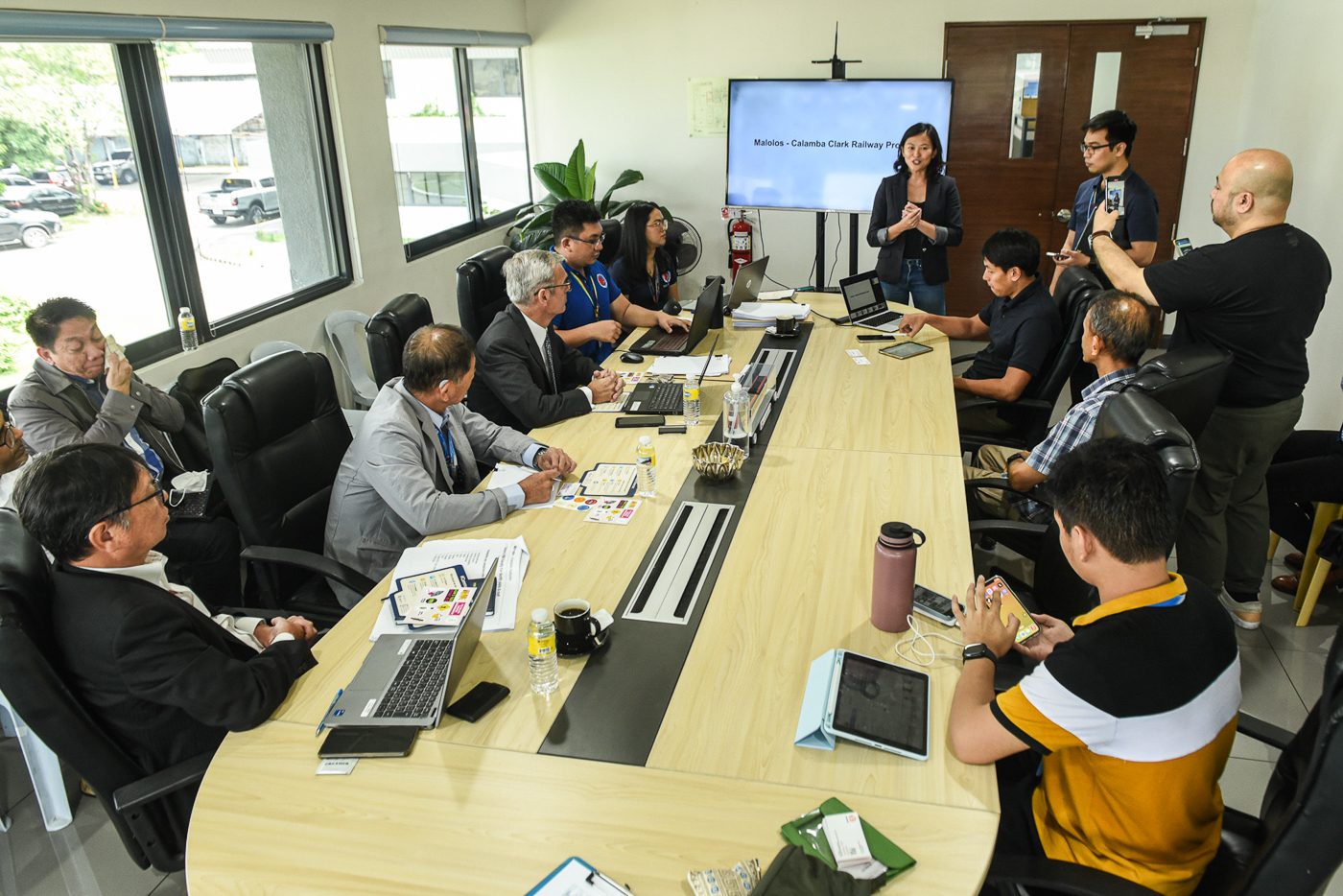
MANILA, Philippines – After Rappler’s special report on the accessibility of the Metro Manila train stations, executives behind upcoming train projects met with persons with disability (PWD) groups and accessibility advocates in a dialogue about how to improve the transportation system.
The dialogue took place on Friday, October 20, at the Office of the Undersecretary for Railways at the LRT Line 1 Depot in Pasay City. This office is under the Department of Transportation (DOTr), the government agency in charge of the train system.
The transportation executives present included DOTr officials and executives of companies in charge of building the Metro Manila Subway and North-South Commuter Railway, train projects that are currently under construction.
Those who took part in the discussion are the following:
- Armand Eustaquio, architect and PWD rights advocate
- Bless Adriano, PWD rights advocate and convenor of Kasali Tayo
- Rhay Janssen Ocay, PWD rights advocate and Kasali Tayo member
- Ira Cruz, accessibility advocate and member of Move As One Coalition
- Akihiko Fujiyoshi, Project Director, Oriental Consultants Global Joint Venture, Metro Manila Subway Project
- Katsuyuki Saito, Project Director, GCR Consortium, North-South Commuter Railway Extension Project
- Jorge Müller, Project Director, North South Commuter Railway (Malolos-Tutuban) Project
- Gabriel Yap, OIC-Chief, Transportation Development Officer, DOTr-Railways Sector
- Salima Awis, Senior Transportation Development Officer
- Eldrich Marquez, Chief of Staff, Office of the Undersecretary for Railways
- Julius Leonen, Chief Communications Officer, Railways Sector, DOTr
Rappler’s Pia Ranada, author of the report, was present at the meeting to help moderate the discussion.
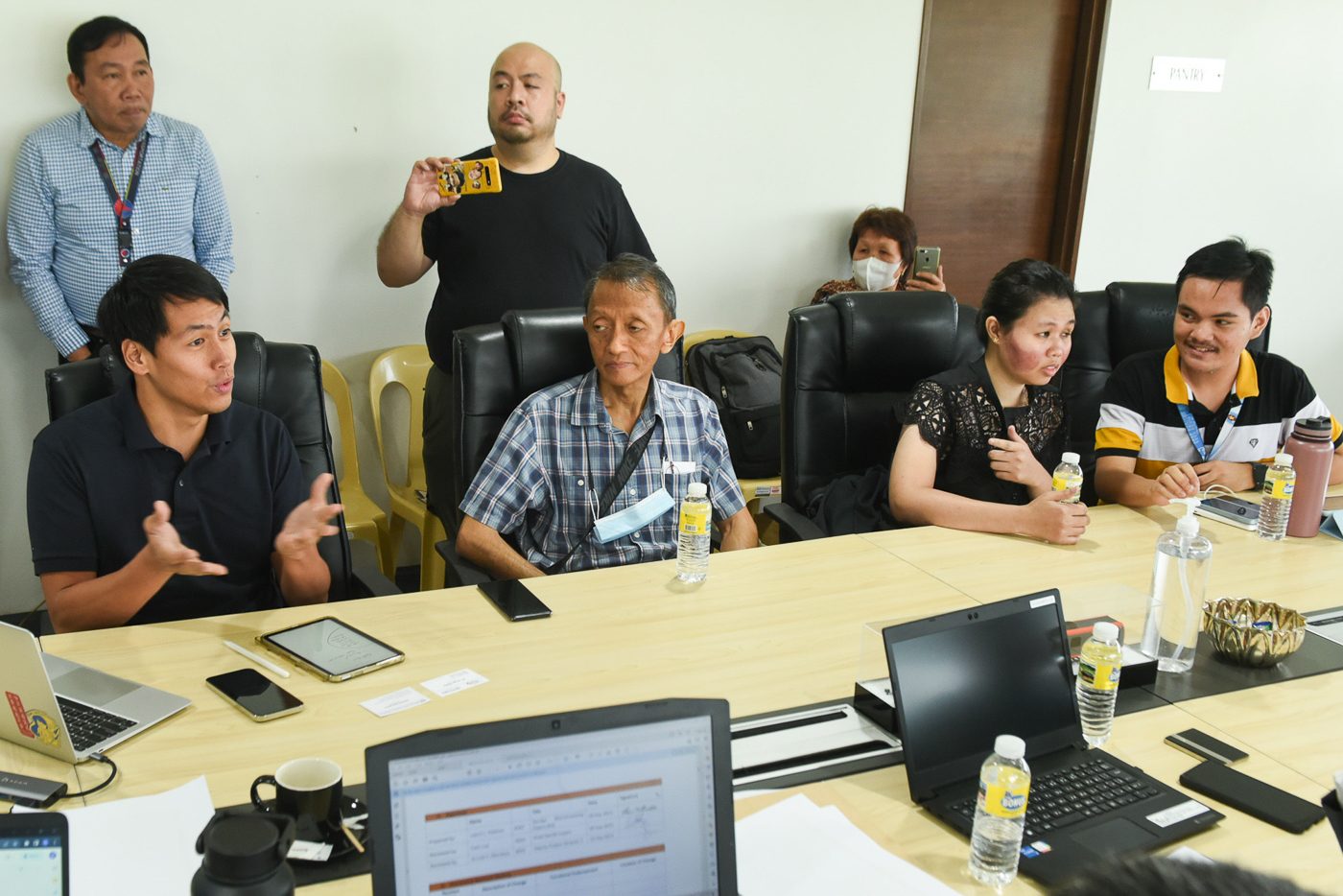
What was discussed?
The meeting began with a presentation from Eustaquio, Adriano, Ocay, and Cruz about their concrete suggestions on how to improve upcoming and existing train lines. Adriano, who has visual impairment and uses a white cane, said her list of recommendations was based on the “lived experience of commuters with disability.”
These are the highlights of what the advocacy groups presented:
- Need to widen wheelchair ramps based on Implementing Rules and Regulations of the Accessibility Law
- Need for moveable grab bars in PWD toilets based on Implementing Rules and Regulations of the Accessibility Law
- Need for two rows of tactile blocks before and after wheelchair ramps and to improve the tactile blocks in existing train stations
- Need to remove height gap between train floor and platform floor since this makes boarding difficult for wheelchair users and white cane users
- Improve stairs by ensuring they feature continuous handrails and limit the use of horizontal metallic edge designs that wear out over time
- Make public comfort rooms more accessible by ensuring hand dryers, soap dispensers, toilet paper dispensers are accessible for wheelchair users; including both handheld bidet and an in-built water source for washing, or opting for automatic toilets; and using steel that does not rust for grab bars.
- Use braille and large printed text in signages and include audio signals for improved way-finding
- For tickets, design Beep cards for blind-friendly insertion and simplify the process to avail of accessibility discounts
- Improve transfers from one train line to another since many transfers are through malls which don’t stay open for as long as commuters are commuting
- Make elevators operate 24/7 since they are often used by commuters to get from one side of a major thoroughfare to another, in the absence of footbridges
- Provide safe bicycle parking and dedicated train carriages for cyclists
- Expand train operating hours to accommodate more workers who commute
- DOTr should support a more regular feedback mechanism and coordination channel between transportation offices, officials, and accessibility advocates, similar to existing channel with government road sector officials.
How did the train officials react?
Jorge Müller, who is project director for the North-South Commuter Railway (Malolos-Tutuban) Project, said “many” of the suggestions of the groups are addressed in their current designs. But he picked up three suggestions that they would consider to improve their designs: the concern on both-hand use of the toilet bidets, automatic flushing, and the audio system for navigation for commuters with visual disability.
The last recommendation would be the most difficult to implement but Müller said he would check with their supplier if it would still be possible to do at this stage.
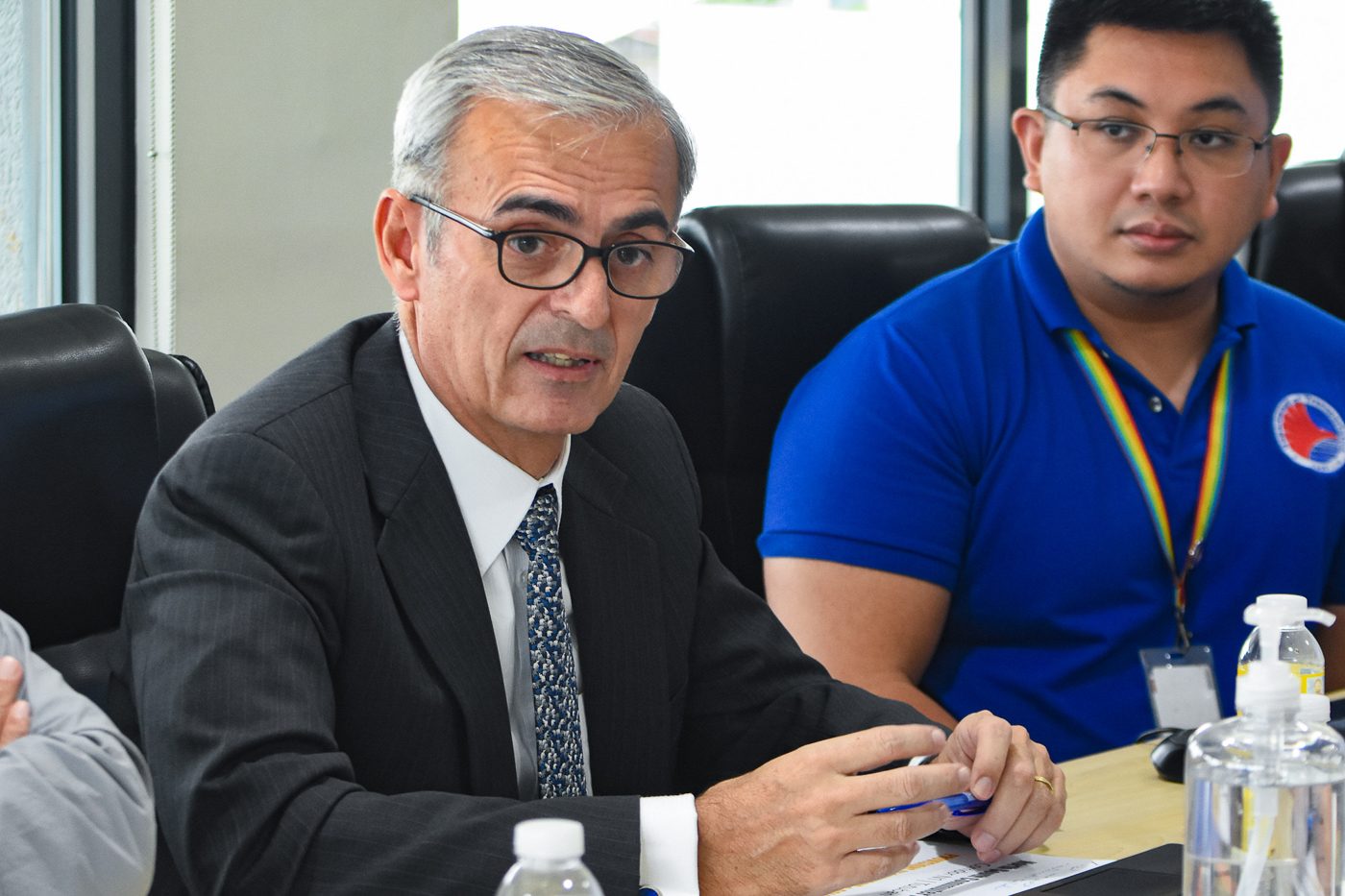
Katsuyuki Saito, project director of North-South Commuter Railway Extension Project, said he was concerned that commuters may find too many audio cues “noisy” as this has been the complaint about Japanese trains. He also wondered if signages in both English and Filipino would be preferred, to which DOTr’s Gabriel Yap said more studies were needed to balance this with the equally important need to make signages succinct and simple.
Akihiko Fujiyoshi, a project director for the Metro Manila Subway Project, gave assurances that, in their system, there would be a much smaller gap in height between the train floor and platform floor, a main complaint about the LRT-1 line. The gap would be 30 millimeters, even smaller, he said, than some trains in Japan that have a gap of 40 millimeters.
“The discussion is very useful for us, and [for] more improvement. We are aiming at best in the world so always we appreciate your comments,” Fujiyoshi told the accessibility groups.
Gabriel Yap of the DOTr-Railways Sector, asked about bicycle parking, said there would be “semi-outdoor” bicycle parking in upcoming train lines that would be covered and within the same compound but not within the concourse. He gave assurances that entrances and exits would be “at grade,” meaning on the ground level, making it more accessible to pedestrians and cyclists.
Rappler asked about more immediate changes that can be implemented in the existing train lines. DOTr’s Yap said these are three low-hanging fruit that could be achieved more quickly:
- Update way-finding features, like signages and audio signals
- Improve existing facilities like elevators
- Ensure proper enforcement of operational policies like how staff assist persons with disabilities
DOTr’s Julius Leonen added that “discussions are ongoing” for installing tactile flooring in MRT-3 stations, which currently have no such features.
Yap said the DOTr is always open to feedback.
“We’ve had a lot of learnings…I hope you can appreciate that there are people working in the government for this advocacy, and we are listening. We are trying to learn and improve with every project,” he said.
The meeting ended with a presentation from DOTr’s Salima Awis showing how the upcoming train lines have been designed to be more inclusive for all commuters. The PWD and accessibility groups said the train projects appeared promising and that they would want to see them properly implemented.
How did the meeting come about?
Rappler published a report entitled, “How the Metro Manila train system has failed persons with disabilities” on August 30, followed by shorter articles and a documentary about the topic. The story and documentary featured Eustaquio, Adriano, Ocay, and Cruz and heavily involved their groups in the process of telling the story.
The report was raised during congressional hearings about the 2024 budget of the DOTr. On September 12 and September 4, respectively, the report was cited by Senator Loren Legarda and Bagong Henerasyon Representative Bernadette Herrera.
Transportation Undersecretary for Railways Cesar Chavez responded to the lawmakers’ queries, citing efforts by the agency to address the concerns.
Rappler’s Ranada, author of the report, asked Chavez for a follow-up interview. Chavez then asked the train project consultants for the Metro Manila Subway and North-South Commuter Railway to send reports about how the upcoming projects have been designed to comply with the Accessibility Law.
Ranada asked if it would be possible for the PWD and accessibility groups featured in the story to give feedback on the train project consultants’ reports. Chavez then asked the train project consultants to sit down with Rappler and the PWD and accessibility groups.
Are you part of a community with an urgent story to tell? Let Rappler know as we further experiment with forms of participatory journalism and community-driven journalism. Email us at community@rappler.com. – Rappler.com
Add a comment
How does this make you feel?
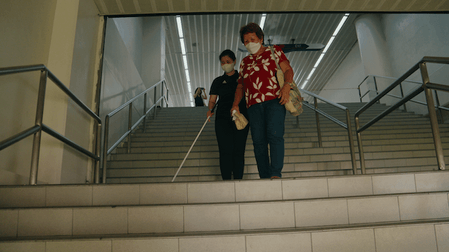


![[Under 3 Minutes] When will we see modern jeepneys on the road?](https://www.rappler.com/tachyon/2024/04/francisco-motors-modern-jeepney-prototype-1.jpg?resize=257%2C257&crop=590px%2C0px%2C1012px%2C1012px)





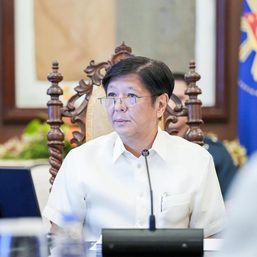
![[WATCH] #TheLeaderIWant: Filipino voters sound off on community issues a year before 2025 elections](https://www.rappler.com/tachyon/2024/05/filipino-voters-sound-off-on-community-issues-1.jpg?resize=257%2C257&crop=276px%2C0px%2C720px%2C720px)


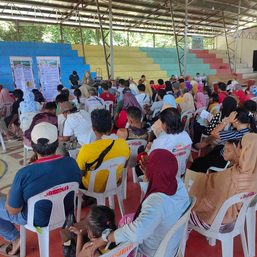
![[Ask the Tax Whiz] Can senior citizens and PWDs avail VAT-exemption on their online transactions?](https://www.rappler.com/tachyon/2022/12/online-shopping-december-21-2022.jpg?resize=257%2C257&crop=154px%2C0px%2C900px%2C900px)
There are no comments yet. Add your comment to start the conversation.